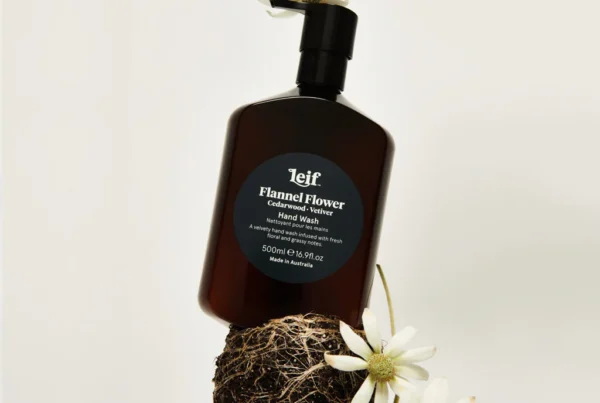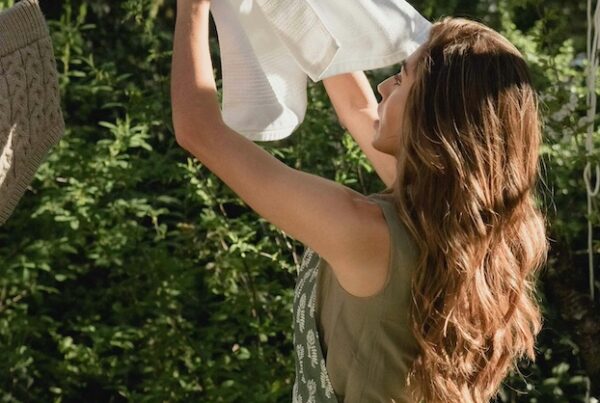Perhaps when you think about Nettle, clothing isn’t the first thing to come to mind. In fact, what likely fiord comes to mind is the fact that nettles are usually to be avoided. Dwindling resources, however, have forced the fashion and textile industries to innovate. One of the next big things in textile innovation seems to be nettle. In fact, nettle fibers were described all the way back in the 2000s as the fabric of the future, and it seems like that future might just be now.
Why is innovation necessary within the fabric and fashion industries?
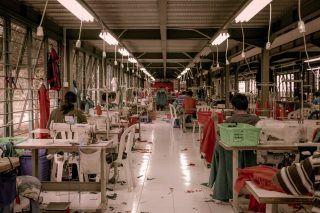
Photo by Rio Lecatompessy on Unsplash
Essentially, the necessity for innovation within the fabric industry comes directly as a result of the immense amount of pollution the industry produces.
Many of us now know that we should stay away from petroleum-based fabrics like acrylic, polyester, nylon, and spandex as they are essentially plastic and are neither sustainable nor environmentally friendly.
These fabrics don’t break down and, as a result, clothing made out of these fibers tends to stay around in dumps for a lot longer. Of course, we definitely shouldn’t be dumping our used clothing in landfills in the first place.
However, whether we should, the rise of fast fashion has led to fast rotation of clothing. This means that many of us throw out perfectly good clothing after just a few wears. This may be because it is no longer trendy or because we feel that we have worn it enough. Then, of course, you have natural fibers like cotton.
Cotton is a major problem, as many consumers tend to feel better about buying cotton purely because it’s a natural fiber. However, cotton is really bad for the environment. It requires a huge amount of resources, most especially water.
Using Nettle isn’t new
Whilst nettle is also a natural fiber, unlike cotton, it isn’t as heavy on natural resources like water and land. In reality, though making clothing from nettles may seem strange to us, it’s nothing new.
In fact, according to Henry Dsouza of Textile Excellence, producing clothing and fabric using nettles goes as far back as the Bronze Age. There is also evidence that nettles were historically used for fibers in Scandinavia, Poland, Germany, Russia, Scotland, and even across China and Japan. Nettle clothing made a brief appearance once again during the first world war when the German army used it for uniforms due to a shortage of cotton.
Why Nettle for fabric?
But why make use of nettle rather than anything else? Well, the answer to that question really lies in how versatile and comfortable the fabric is. Nettle, when made into a fiber, acts in much the same way as linen. As a textile, nettle is hugely versatile and can be spun and twisted in different ways to achieve different objectives.
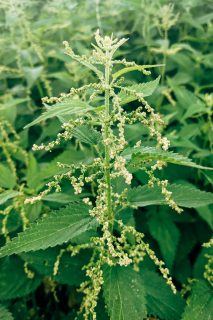
Photo by Markus Winkler from Pexels
Twisting the yarn lengths closed reduces insulation and allows for cool clothing for the summer. However, using a low twist and keeping the hollow fiber open will make for comfortable winter clothing that maintains a fairly consistent temperature.
Unlike hemp, there are no legal issues as far as the cultivation of nettles goes. This makes it much easier to grow and makes the plant a viable and legal cash crop. Like hemp, the crop uses very little water and requires no pesticides.
Of course, it’s worth mentioning that, if you are worried about the stinging aspect, you can relax completely. Ray Harwood, professor of the textile engineering and materials research group at Leicester’s De Montfort University explains “You cut them and dehydrate them, the pressure goes, so there’s no sting”.
What kind of fabric do nettles make?
Nettle gives a very pliable fiber that is, according to Startup Fashion, a good length to be spun into yarn. As far as look and feel go, fabrics made from nettle are very similar to linen. The fabric is comfortable to wear and highly breathable, making it an excellent choice for clothing.
Though the fabric looks and feels similar to linen, sit is actually much stronger and in fact, gains strength when wet. The final fabric is also stiffer than linen, making it a good option for more structured garments. Another fantastic attribute of the fabric is how easily it can be blended with other fibers.
Pangaia picks up nettle fabrics as the next sustainable fabric
Though it was previously reserved for more luxury brands, nettle seems to have become more accessible. One unfortunate aspect of nettle is how labor-intensive it is.
Though it grows almost uncontrollably, the process involved in the production of the fabric needs to be done by hand. This previously made nettle-based fabrics too expensive for mid-range brands to consider.
However, Pangaia’s innovation team has, according to Glossy, become enamored with the idea of using nettle as a fabric. Pangaia is, as a brand, hugely focused on sustainability and, as a result, material innovation is vital.
The new material on offer is a combination of nettle and cotton. And it has been made into a collection of jeans and denim jackets. It is important to note that this new collection isn’t exactly low budget.
A pair of Pangaia’s jeans will set your back $225 and the jackets start at $275. Denim is (at least historically) made entirely of cotton. Of course, cotton uses a lot of water, land, and pesticides. But denim is one of the best performing sectors as far as fashion goes. As a result, there are a lot of companies focused on making the denim sector more sustainable. AG launched biodegradable denim in April, and Revolve introduced its own sustainable denim line in mid-October.



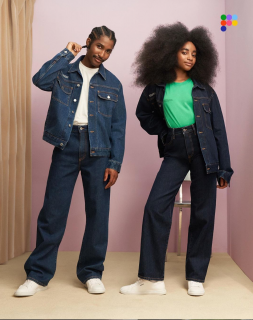


![women [longevity live]](https://longevitylive.com/wp-content/uploads/2020/01/photo-of-women-walking-down-the-street-1116984-100x100.jpg)






